Feature: Jess Search
The chief executive of Doc Society recalls recent documentary films that have made a huge and measurable impact and outlines why they were so successful.
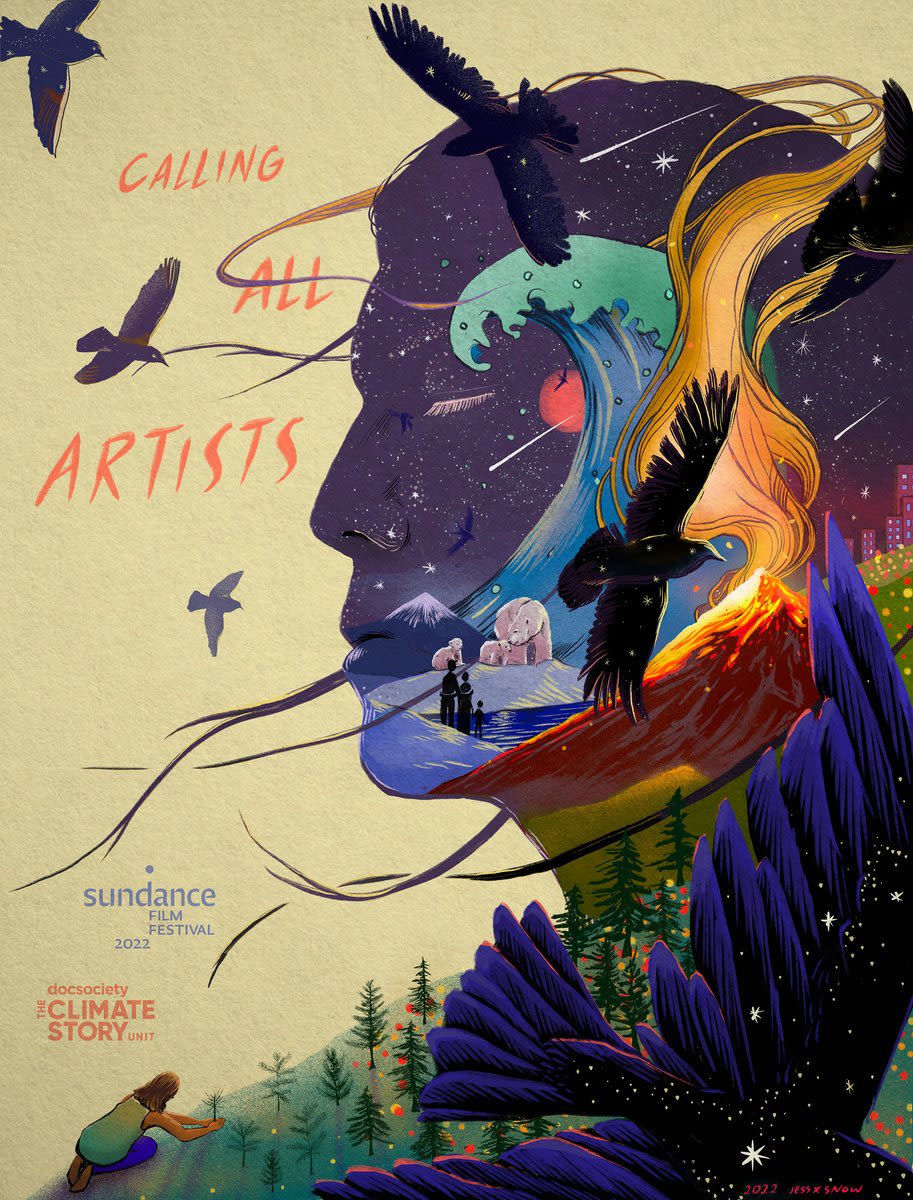
Jess Search on how to build theories of change into social impact productions — from the moment of creation onwards
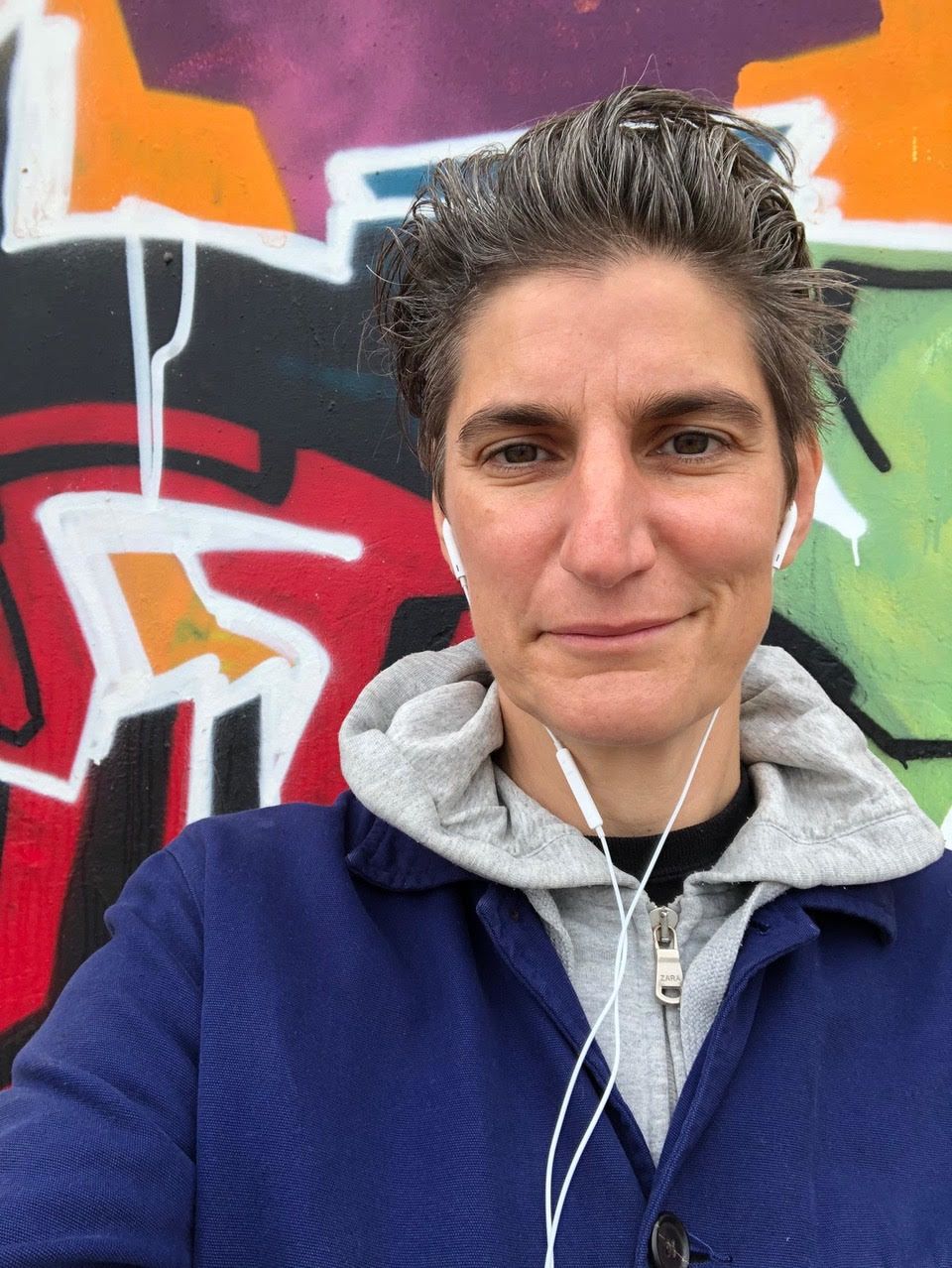
How would you characterise Doc Society’s approach to making social impact entertainment (SIE)?
It starts with a belief in great filmmaking. Great films transform individuals and societies. As a species, we’re attuned to arts and culture. Our organisation carries with us a conviction that artists are leaders, creativity transforms, and behaviour change starts with the story. So, as a group, we’ve had to be interventionist — to get together to figure out and unlock the problem.
If you believe film is powerful, then it can do harm as well as good. All of us are having to grapple with massive blindspots — few of us really understand the true implications of climate justice for our work as media makers, to give a recent example. So we try to support filmmaking that works through those blindspots first and foremost. That’s our model. Whose truth, whose perspective are we missing? That’s why we are supporting indigenous storytelling that can have a global impact, for example.
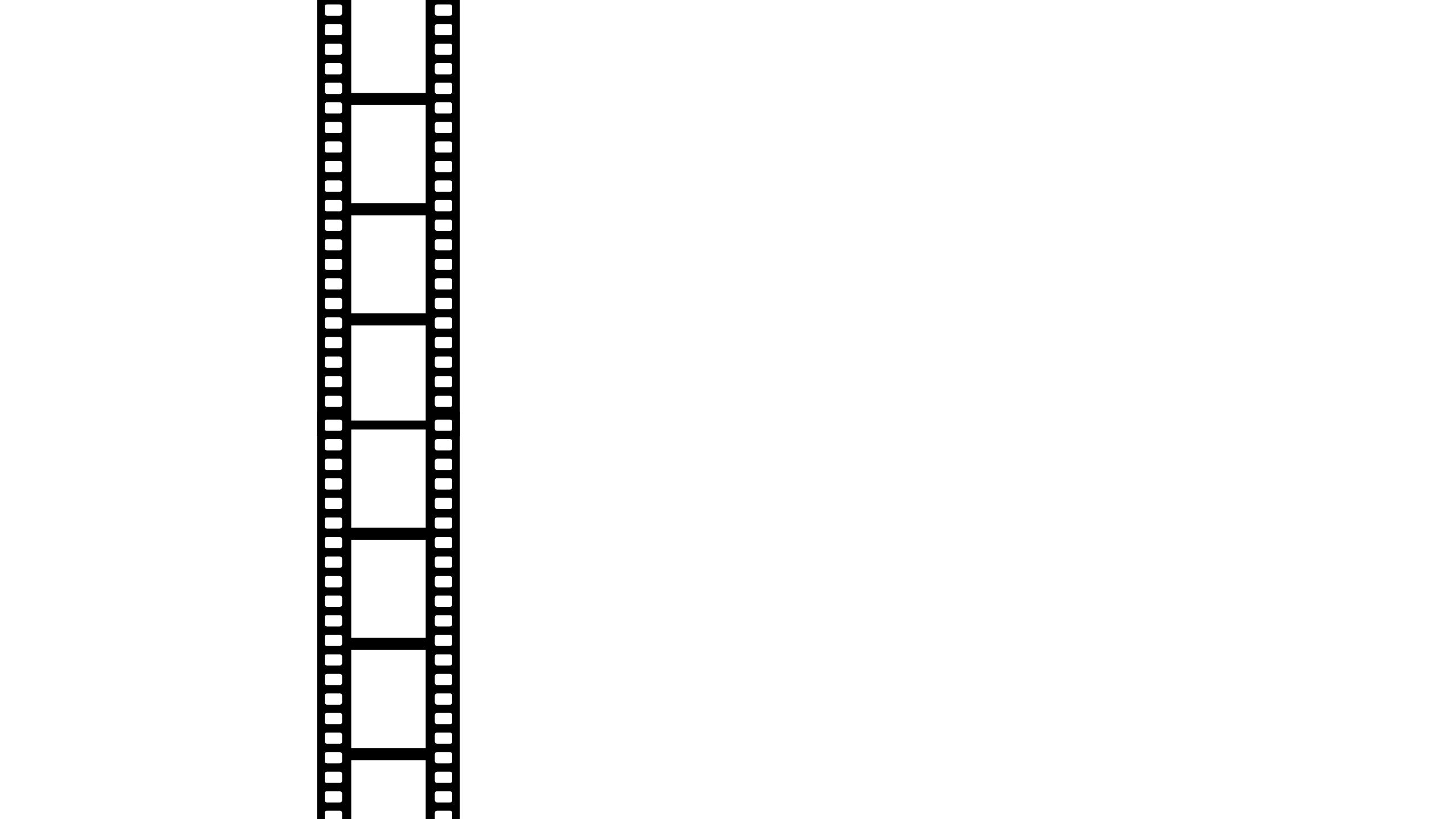
Is the term SIE appropriate as a single catch-all term?
While I’m not a huge fan, I think the label is useful for engaging mainstream audiences. We don’t want to be purist and say: “If you’re not making documentaries, then you’re not making a contribution.” So, in terms of building a bigger tent, engaging with the term is useful. Documentaries are versatile, but they’re also limited. There’s been a huge rise in respect for them, but still not everyone watches them and some have the perception of them being hard work.
The value of working with other forms of entertainment is really important too — sitcoms, reality TV, games — so I do embrace that element of the term. For example, our Climate Story unit sets out to use many forms of creative storytelling as a way of understanding climate change and the people affected by it. For our Climate Story labs, we invite along comedians as well as indigenous reps, policy wonks, scientists and filmmakers. It’s important to have different ways of understanding or analysing something.
We can hear a scientist’s perspective on the science of something, then the policy wonks are going to talk about the science in another way. And then the comedians come at it in their own way as well and it's just as valid — because they can apply language to it and they can make observations that come from the lineage of comedy. Sometimes they’ll make a joke about something serious, like climate change, and you’ll laugh and then ask: “Why is that funny?” You’ll realise they’re pointing out something important that might not have been identified in the conversation until that point.
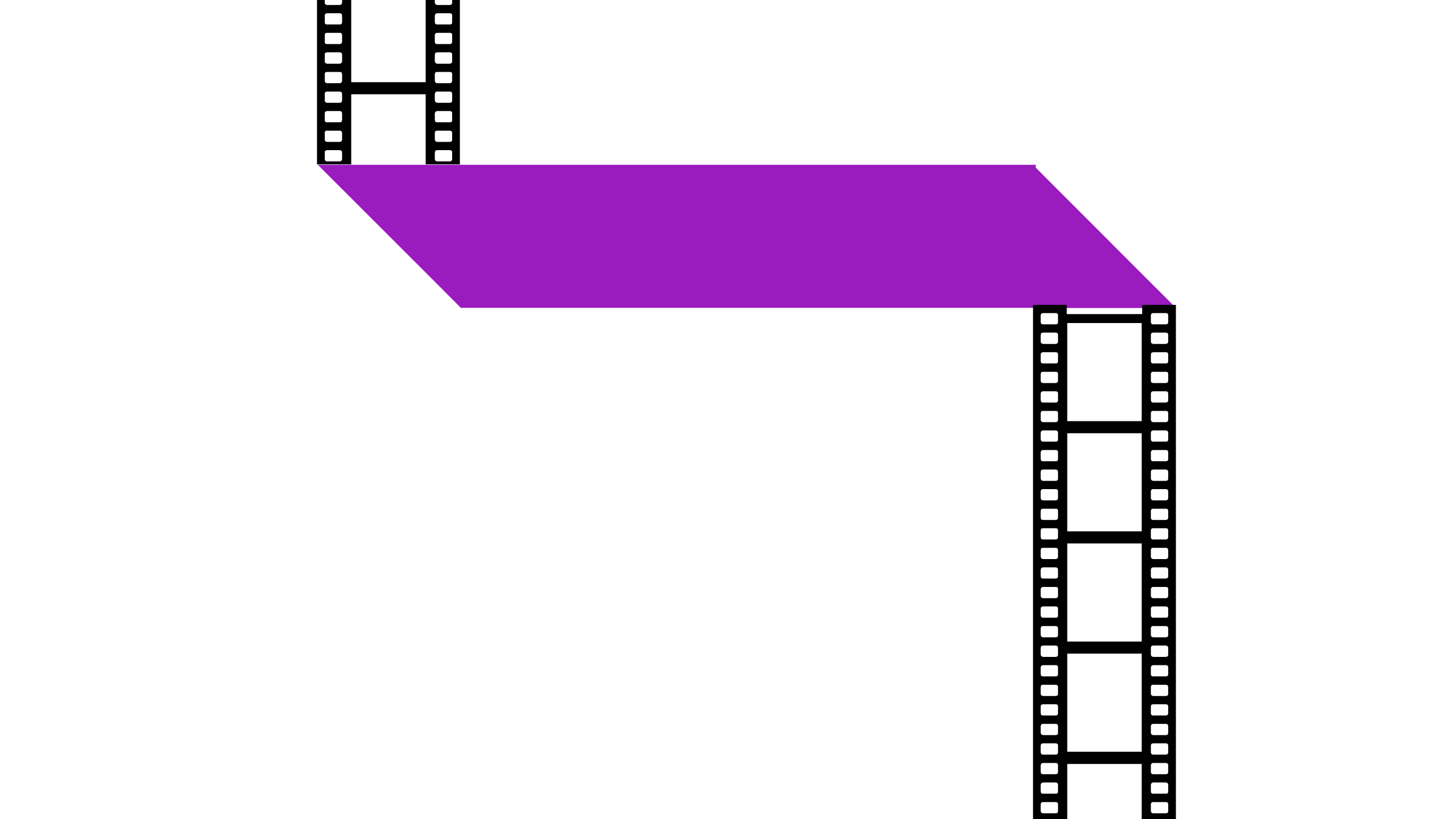
Is the term SIE appropriate as a single catch-all term?
While I’m not a huge fan, I think the label is useful for engaging mainstream audiences. We don’t want to be purist and say: “If you’re not making documentaries, then you’re not making a contribution.” So, in terms of building a bigger tent, engaging with the term is useful. Documentaries are versatile, but they’re also limited. There’s been a huge rise in respect for them, but still not everyone watches them and some have the perception of them being hard work.
The value of working with other forms of entertainment is really important too — sitcoms, reality TV, games — so I do embrace that element of the term. For example, our Climate Story unit sets out to use many forms of creative storytelling as a way of understanding climate change and the people affected by it. For our Climate Story labs, we invite along comedians as well as indigenous reps, policy wonks, scientists and filmmakers. It’s important to have different ways of understanding or analysing something.
We can hear a scientist’s perspective on the science of something, then the policy wonks are going to talk about the science in another way. And then the comedians come at it in their own way as well and it's just as valid — because they can apply language to it and they can make observations that come from the lineage of comedy. Sometimes they’ll make a joke about something serious, like climate change, and you’ll laugh and then ask: “Why is that funny?” You’ll realise they’re pointing out something important that might not have been identified in the conversation until that point.
In simple terms, how and why are documentaries effective at creating impact? What are the strengths of the form?
I think there's an intrinsic reason and an extrinsic reason behind this.
The intrinsic reason is: we respond to real life. Not to say that fiction isn't moving and informative, or that we don't come to understand ourselves and our world through fiction. But there is something incredibly compelling about seeing the real world. Documentaries have the ability to put you in other people's real shoes and transport you to other places that really exist. That, I think, is just something unique to documentaries.
Then there’s the extrinsic reason. Documentaries are less expensive to make than fiction. And that often means the team that made it has sufficient control over the project.
You see, on projects that have a lot of stakeholders and are involved with big brands, things can become really complicated for them. The creative team wants to make a difference in the world, but the financiers come to control the film and the director’s intentions and plans get drowned out.
Documentaries, in comparison, are a brilliant playground. They’re much cheaper, much more agile — they move fast and move light.
A good example is something like Chasing Ice and the film’s follow-up Chasing Coral. James Balog and Jeff Orlowski, the film’s directors, deployed revolutionary time-lapse cameras to capture a multi-year record of the world’s changing glaciers, so you see footage that compresses years into seconds and captures ancient mountains of ice in motion as they disappear.
After the film’s release, the team launched the Chasing Ice Ohio Tour, which focused on a Congressional district represented by a Congressman called Pat Tiberi, who had been listed as a climate change denier. The tour led to hundreds of constituents in the district reaching out and placing pressure on the Congressman directly. In response, Congressman Tiberi shifted his stance on the issue and started voting in Congress for green initiatives.
Another great example is the 2013 documentary Blackfish. The film drew attention to the dangers of keeping orcas in captivity — for both the animals and the human trainers — with a particular focus on certain orcas being kept at SeaWorld Orlando. We were involved with the development of that film and I remember how much of an impact it had. Soon after the film was released, in 2015, SeaWorld announced it was ending its “Shamu Show”, which was a sort of circus act, when the orcas were made to do tricks for food. So the film triggered huge change, and took a huge toll on the company’s reputation, visitor numbers and share price.
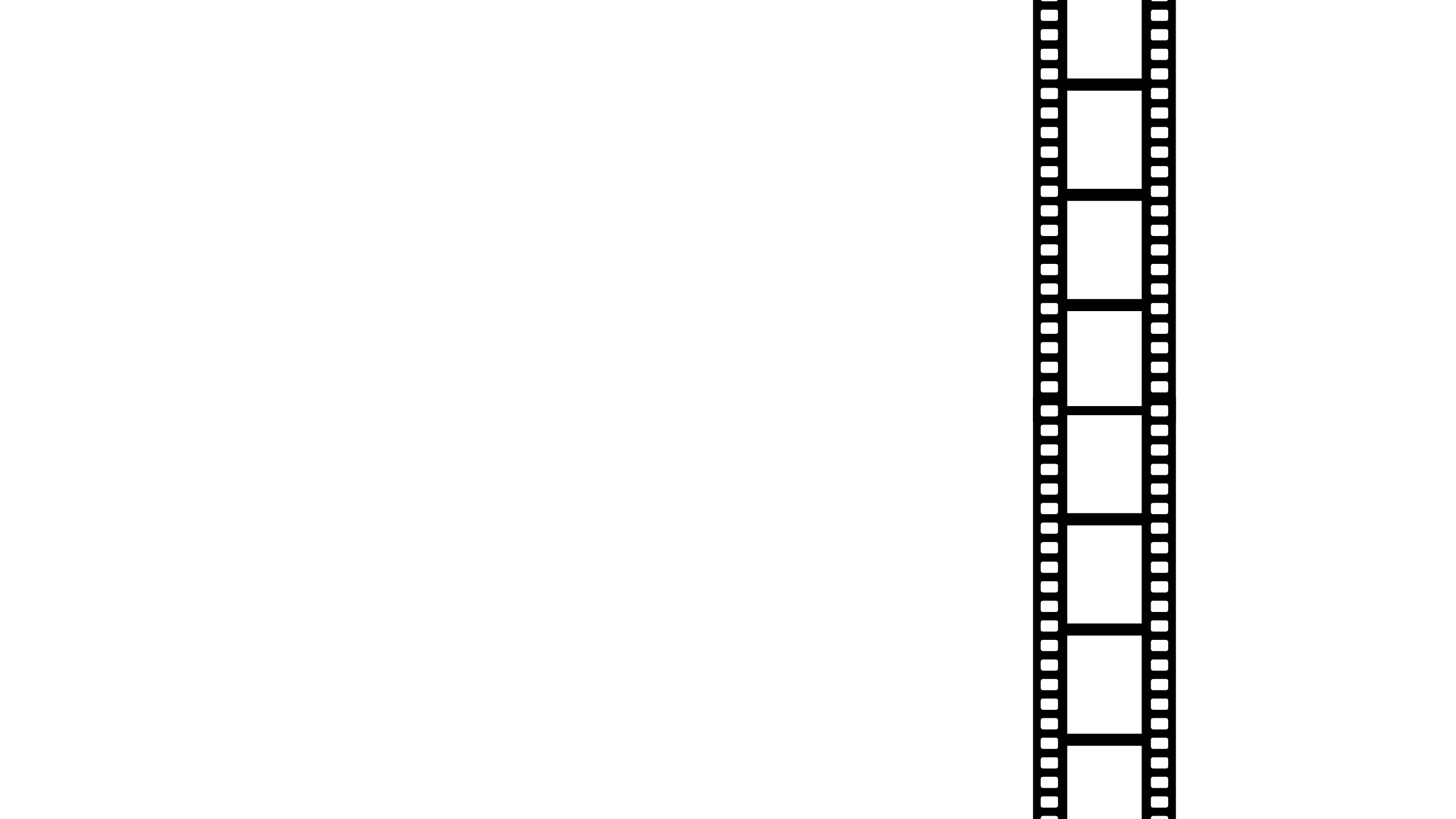
Doc Society does a lot of work with impact producers, but a lot of people won’t know much about this job as it’s still a comparatively new role. Could you please explain the value an impact producer brings to a film? And how should an impact producer approach the role?
From the off, an impact producer needs to grapple with the idea that the film needs a strategy based on a really clear understanding of the environment in which it will be released.
You have to know about the forces that might be working against you. You need to know where power lies in the industry you’re taking on, and how change might happen there. You need to know who else is working in the space and what movements are there that you can ally with. What other thought leaders are in this space? I mean, there’s a lot of work involved. And it requires a different set of skills from making the film itself.
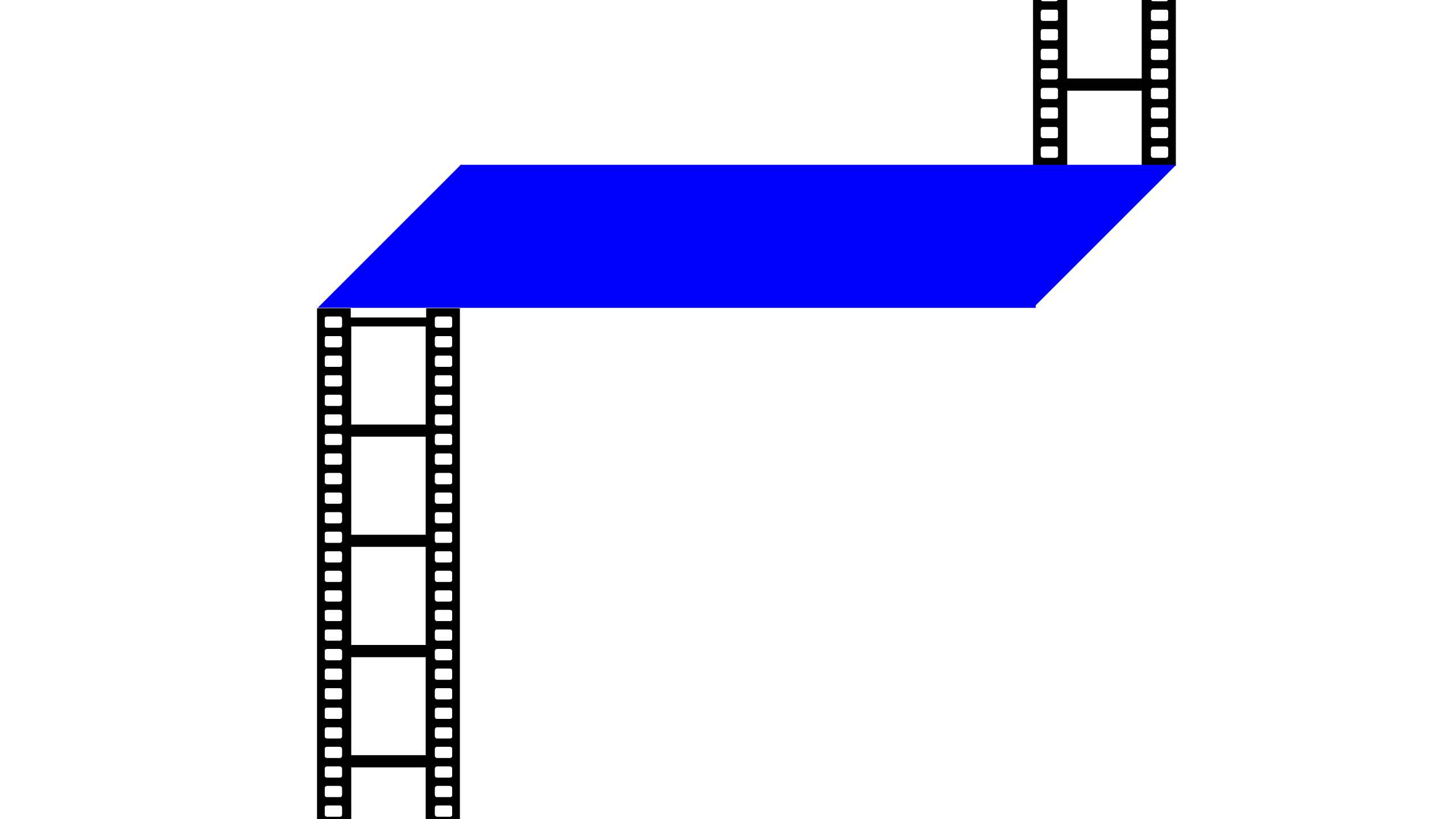
Impact producers are the people that have the passion and the legs to create follow-up. An impact producer can help a filmmaker to think: how should this film be made? Who should we partner with? Where can it be screened and shown to have the most effect? What will happen then, for good or for bad?
As an example, we recently helped to produce a film called Welcome to Chechnya, which follows a group of activists as they covertly investigate an anti-LGBTQ campaign in the Russian republic and help the survivors. There was a very clear impact strategy for that film, which we’ve documented in a case study. At the outset, the strategy began with the question: what’s this film going to do and how are we going to do it?
To make the film, the director David France spent weeks in a safe house in Chechnya. He was meeting people who had been brought out of underground railroad-type networks and whose friends had been murdered. He watched these incredible Russian activists who were risking their own lives and their own futures to save others.
When you have those experiences, you don’t then let your film disappear. You use it. You use it to lobby, for example, to get foreign visas for gay people so they can be brought to sanctuary. And you often find filmmakers become super smart about certain issues. They’re very informed, as much as anyone, because they spend years of their lives living the issue and thinking about it and talking to everyone who is involved in that space. Creating an impact strategy, and then compiling a case study afterwards, allows us to think about what we wanted to do and then how we did it, and then look back at how those things worked, how easy or difficult they were.
Welcome to Chechnya had a brilliant, top-down influencing impact producer, Alison Byrne Fields — and that’s why that film made such a difference. She was capable of getting that film screened for The UN and for the State Department, and she was willing to sit down and assess how the film might influence the visa policy in a country like Canada, for example. But then that’s a very different skill set to, for example, indigenous community access work. Other impact producers are brilliant at working out how to sensitively get their films into communities impacted by the subject of the movie, or at creating grassroots engagement around the film. Different impact producers have different strengths, that’s why it’s so important to have clear goals from the outset.

You’ve spoken about the importance of developing a theory for change when creating a social impact film. Can you please expand on this?
The development of different theories for change is one of the key things we speak about at Doc Society. One of the early schemas we developed in The Impact Field Guide, which is a free resource we publish in six languages for social impact filmmakers, is a diagram that divides into a classic cross-hatch. It helps you ascertain what environment the film is coming out in: whether it's coming out into a hostile environment or a non-hostile environment, and whether the subject of the film is already well known to the audience or not well known to the audience.
For instance, the easiest quadrant to be in is where you're raising an issue that is not well known to the audience, in a non-hostile environment. Blackfish is a good example of this. For films like Blackfish, having a “clicktivist” [online activist] strategy works because you're not actually attacking power, you're just tackling a lack of awareness.

But then for other projects, you might be in a quadrant where you’re taking on power with an issue people don’t know. That gives you an early advantage, because you have the opportunity to introduce them to the topic and inspire them to act.
The most difficult scenario is when you have an issue where there’s a lot of hostile pushback, but the audience has got fatigue about that issue already. So you have to bring fresh life to the story or topic and reframe the conversation. And in that situation, you’re probably coming up against a well-funded industry with a lot of powerful interests.
Making change in these scenarios takes a lot more than inspiring clicks. But if you have a coherent theory of change from the off, you’re giving yourself a much better chance.
And as I said at the start of this interview, regardless of the challenges you’re tackling and their surrounding context, there’s one consideration that’s always there: the need to believe in great filmmaking. If you’re sincere about driving change, first you have to be committed to making the best possible film.

